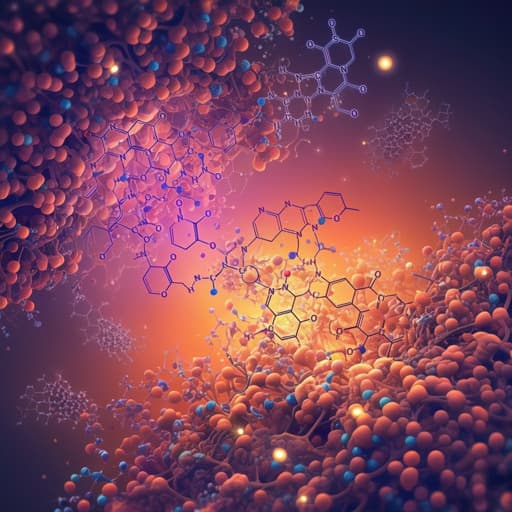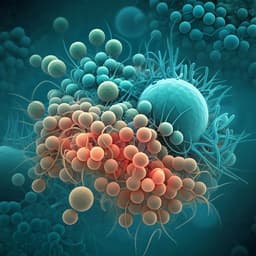
Medicine and Health
A Review of the Dietary Intake, Bioavailability and Health Benefits of Ellagic Acid (EA) with a Primary Focus on Its Anti-Cancer Properties
P. Harper
Discover the potential health benefits of ellagic acid (EA) and ellagitannins (ET) in cancer prevention. This insightful review by Philip Harper dives into the metabolism of EA, its absorption, and the impressive antioxidant and anti-inflammatory effects of its urolithin metabolites. Explore the importance of further research to solidify these findings.
~3 min • Beginner • English
Related Publications
Explore these studies to deepen your understanding of the subject.







